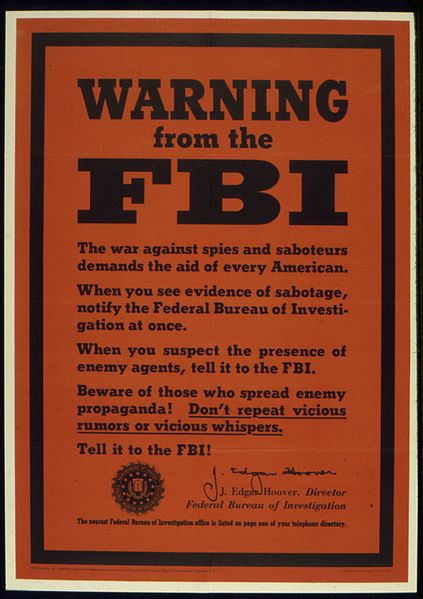The Black Tom explosion was an act of sabotage by agents of the German Empire, to destroy U.S.-made munitions that were to be supplied to the Allies in World War I. The explosions, which occurred on July 30, 1916, in New York Harbor, killed at least four people and destroyed some $20,000,000 worth of military goods. This incident, which happened prior to U.S. entry into World War I, also damaged the Statue of Liberty. It was one of the largest artificial non-nuclear explosions in history.
Black Tom pier shortly after the explosion
Black Tom Island, lying off Jersey City, 1915.
View of the Lehigh Valley pier after the explosion.
Wrecked warehouses and scattered debris after explosion.
Sabotage is a deliberate action aimed at weakening a polity, government, effort, or organization through subversion, obstruction, demoralization, destabilization, division, disruption, or destruction. One who engages in sabotage is a saboteur. Saboteurs typically try to conceal their identities because of the consequences of their actions and to avoid invoking legal and organizational requirements for addressing sabotage.
United States World War II-era poster warning against sabotage
Unauthorized stencil urging sabotage and picketing
World War II poster from the United States
Japanese experts inspect the scene of the "railway sabotage" on the South Manchurian Railway in 1931. The "railroad sabotage" was one of the events that led to the Mukden Incident and the Japanese occupation of Manchuria.








